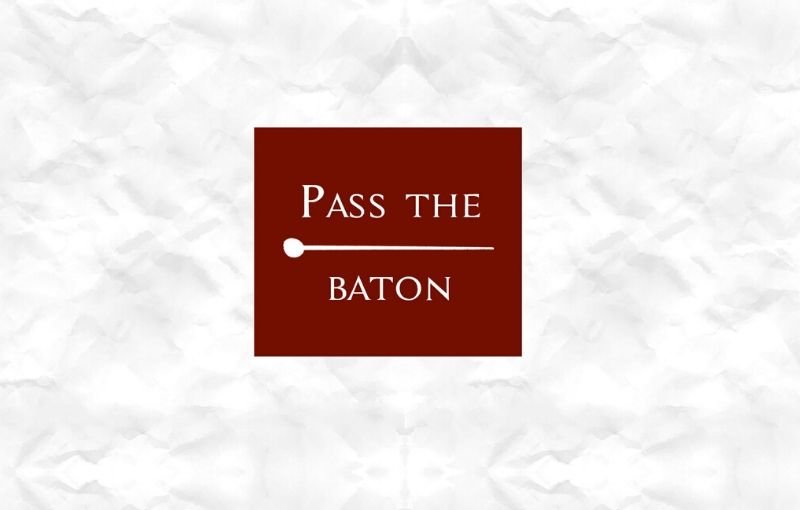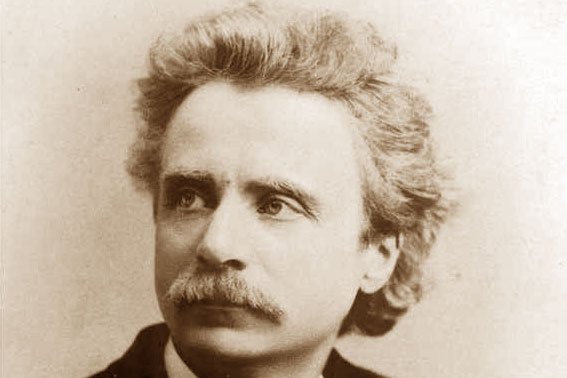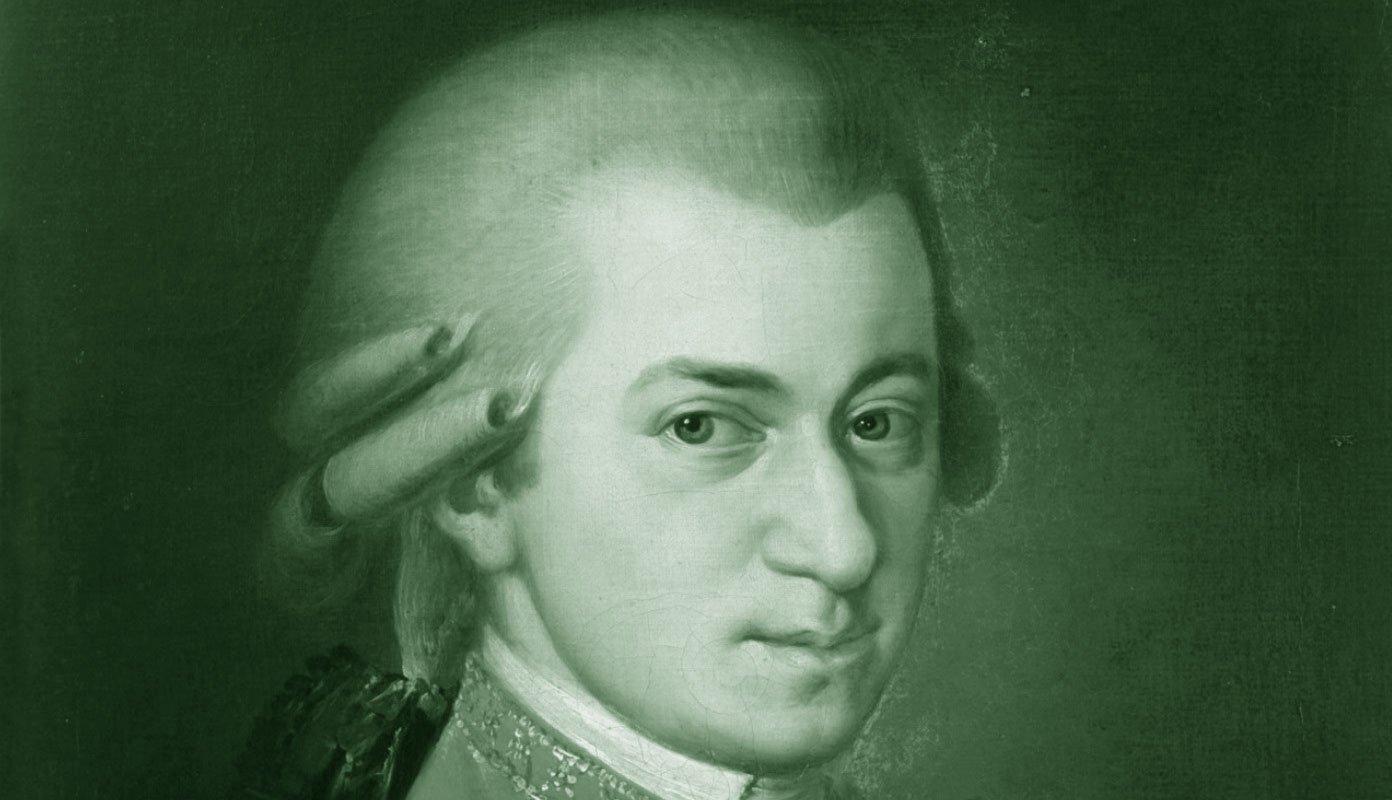Introduction
Undoubtedly one of the most beloved operas of all times, Die Zauberflöte – The Magic Flute – was the product of a collaboration between Mozart and Emanuel Schikaneder. Schikaneder was an impresario, a dramatist, an actor, a singer, and a composer. But above all, in this context, he was, to Mozart, a fellow mason.
It’s no secret that at the time – we are in 1791 – Mozart was not doing too well financially. He had not been for some time actually: being a freelance was not easy back then as it is not today. Being the first freelance must have been even worse.
Schikaneder brought in a much-needed commission for a new fairy tale opera for his theater, the Theater auf der Wieden. The premiere took place on September 30, 1791, just a couple of months short of Mozart’s death.
The opera feeds on the fascination for the exotic, and for Egypt in particular. That’s the main connection to freemasonry, which inherited a large part of its symbolism and rituals from ancient Egyptian culture.
Just think about the sun, the oldest of the divinities, pure light, and reason in the form of Osiris. Or Isis, the personification of air and earth, mother of all things, queen of that lunar material in which we witness the succession of day and night, of life and death.


Emanuel Schikaneder as the first Papageno in Mozarts Die Zauberflöte. Front page of the original edition of the libretto of the Zauberflöte.
Modern masonry appropriated these allegories in its own rituals, like the initiation of a new member. The challenge connected to the 4 elements, which we can find in the Magic Flute, had been detailed already in the Life of Sethos, Taken from Private Memoirs of the Ancient Egyptians published in six volumes in Paris in 1731 by the French abbé Jean Terrasson.
Those who sat in the theater during the premiere must have noticed the drawing decorating the first page of the libretto. A drawing by Ignaz Alberti, editor of the libretto and a mason “brother” of Mozart. To many, it might have seemed a simple representation of an archeological site in Egypt. But the allusions to masonry were not lost to some: the path from dark to light, the star in the middle, a trowel in the front.
There are plenty of books on the subject. One that I find particularly interesting is Mozart the Mason by Anna Manfredini, published by Lo Scarabeo Libri, 1991.
Adagio
Should you need a score you can find one here.
Structure-wise we have a sonata form with a slow introduction followed by an Allegro divided into the canonical sections of exposition, development, recapitulation, and coda. There are a couple of “deviations” from the standard sonata form structure which we’ll see later.
The masonry connection is evident right from the overture: the number 3 – recurring throughout the rituals and the characters – appears right in the key of Eb. And in the repetition of the 3 initial chords. This whole introduction is regal, paced but not heavy despite the constant presence of the trombones. Nothing like the drama we witnessed in the overture of Don Giovanni.

We then proceed in steps, in our initiation journey that will take us from darkness to the light: two bars plus two bars a step higher. Two bars of up and down – and notice the harmonic subtlety in bars 10-11 with that Gb and A natural. And four bars to bridge to the Allegro. Notice the syncopation in the trombones




Oops...
This content is available for free with all memberships.
Already a member? Login here.
Not a member yet? Subscribe today and get access to more than 80 videos, scores analysis, technical episodes, and exercises.
Allegro
Here’s the first “deviation” from the regular sonata form: the theme is presented in a fugato fashion. 4 bars in the second violins, on Eb. Look at how the basic cell of one bar moves up a fifth in the second bar

Technical tip
The transition from the Adagio to the Allegro can be challenging, unless, like with everything, you know the trick behind it. Stop your stroke on the last beat of bar 15: this will give you just enough time to give an upbeat in the new tempo. In the Allegro, keep your gestures small and from the wrist.

For a full technical analysis, look up the video in the repertoire section
The same 4 bars are repeated by the first violins starting on the dominant, the Bb, and moved up of a fourth, to the Eb. Notice the syncopation in the second violins on bar 22: it will become a very important element later on.
3 bars of bridge and the theme is exposed by the bassoons, violas, and cellos, again in Eb, with the violins in counterpoint. Take note of the first violins descending scale: we will see much of it later on

another 2 bars of bridge and the theme is passed to the bassoons, cellos, and basses, this time in Bb

Two final bridging bars take us to the first forte. Notice that there is no crescendo. Look at how the phrase is constructed in starting on bar 39: only the first 2 bars of the theme are used while underneath we find that descending scale I mentioned earlier. Two bars and the roles are inverted: the theme goes to the lower register and the scale to the higher.
Notice how the trombones have whole notes in bars 41-42, stretching the half notes of the previous 2 bars and creating a subtle though higher contrast with the following bars
That syncopation we encountered earlier is back in full force in the bass line and moves to a higher register 4 bars later landing in a modulating bridge

Traditionally, we are moving to the key of Bb, the dominant. And we expect a second theme, in contrast with the first one. But this doesn’t quite happen. A couple of 9th chords introduce a certain uncertainty and we need a progression of another 6 bars – in 3 repetitions of a 2 bars model – to get to a clear Bb major.

But then again, this does not really sound like a second theme: the main cell of the theme is there, bouncing back and forth between bassoons and clarinets. Is this now a counterpoint to the oboe and flute line or is it the other way around?

Moreover, we are taken to the forte, after only 4 bars, where the full orchestra plays the main cell and with the syncopations

The game is repeated and we get to the coda of the exposition. At this point, we would expect a repetition of the exposition perhaps. Instead, Mozart gives us the first 3 chords of the introduction again, this time in Bb, without the strings and the timpani, and with a repetition of each half note

The following Allegro is the development part of this overture: naturally, we start with the theme, in Bb minor this time. Underneath, our descending scale. Notice how the second violins use the minor harmonic scale with its augmented second, so popular in the music of, for the time, exotic countries like Egypt

The cellos answer with a slight change: the Gb turns into a G natural moving towards the key of C minor. Then, the voices start to tail one another: the descending scale in the bassoons, oboe, and flute while the theme underneath is part of progression in fifths landing on a G minor in bar 117. The main cell of the theme, coupled with the syncopated element, is ping-ponged between the bass line and the violins and flutes at a half-bar distance

After one full bar rest, the development continues. The theme is shortened and enriched with contrasting forte piano, answered by the flute-bassoon combination, playing off the material in the would-be second theme section of the exposition

This 4 bars model forms is repeated for times and we land on the Eb for the recapitulation. Except that it’s different: the bassoons counterpoint immediately with the descending scale and the cellos and basses highlight the harmony. The theme is reduced to 2 bars and the parts overlap each other in a tight dovetailing that lands on the forte

The recapitulation proceeds as usual. Mozart makes some changes in the coda: look at the powerful horns, trumpets, and timpani in bar 211 and following. And notice the sforzato of the trombones in 219 to 221













0 Comments